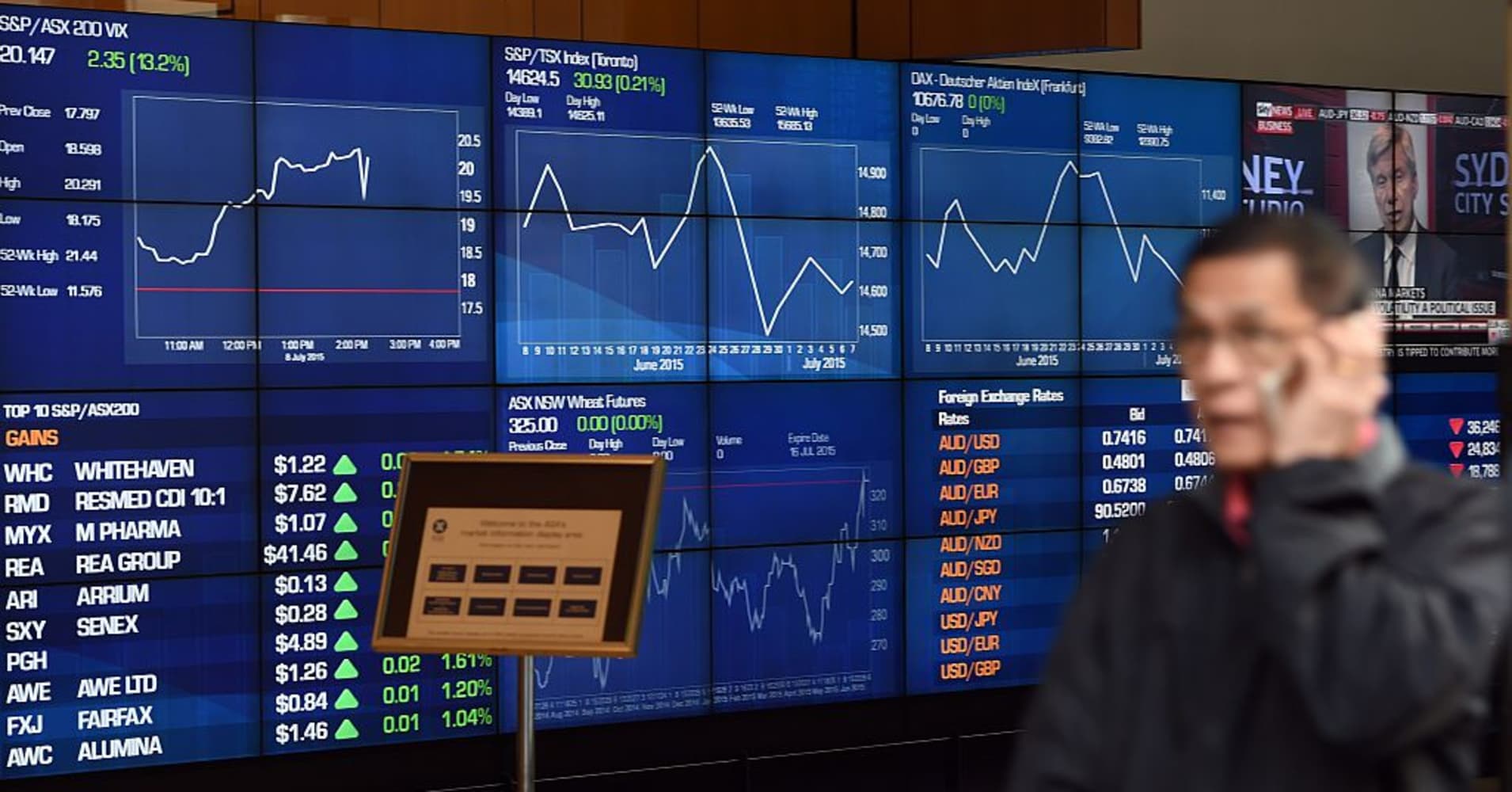
British fintech start-up Bud said Monday that it had secured $20 million in a funding round co-led by HSBC and Goldman Sachs.
The London-based company’s platform lets banks update their apps to give users access to financial services products from rivals. Banks can also categorize a customer’s spending data using Bud’s technology to help them find more cost-efficient products.
Its offering is part of an emerging theme in the world of fintech known as “open banking,” which essentially means banks sharing their customer data with third-party providers to enable them to create new financial products.
Proponents of open banking say that it will increase competition in the industry and benefit consumers, giving them more choice over who they bank with.
Ed Maslaveckas, Bud’s co-founder and chief executive, said in an interview that the sector has seen a “massive shift” from a focus on competitive rates and services to a digital-oriented customer experience and a “marketplace” banking model.
“The market dynamic is such that open banking is a much bigger change for banks than I think people realize,” he told CNBC. “Open banking essentially allows the customer to get their banking data and make payments from any app or service of their choosing.”
Bud’s Series A funding round — an early-stage investment — also got backing from other big lenders including Australia’s ANZ, South Africa’s Investec and Spain’s Banco Sabadell. Investec invested through its venture fund INVC while Banco Sabadell participated via its venture arm InnoCells.
Nineyards Capital — which counts former U.K. Finance Minister George Osborne as an advisor — and former Man Group Chief Executive Lord Fink also invested in Bud’s Series A.
Part of the funding is subject to regulatory approval by the U.K.’s Financial Conduct Authority, Bud said.
Bud’s boss said an underlying theme of the bank-led investment was partnering with large lenders to provide them with its technology.
“Not that much has been done to deliver these types of services to the millions of customers that use their banking apps day-to-day,” Maslaveckas said.
“That’s really what we are all are about and that’s a testament to who we’re working with… we really want to be the company that helps them deliver this new wave of fintech to their existing customers.”
In 2017 the firm announced a partnership with HSBC aimed at providing the financial services giant’s direct bank First Direct with its financial management tools.
Another significant element of the round is the geography of the investors involved. The company said it would look to expand its product to new markets over the next 12 months.
Maslaveckas said international expansion was “a big part of” the funding, but added his firm wouldn’t be making any major global moves “until the end of this year.”
Bud currently employs 62 people in its London office and says it plans on doubling that headcount following the fundraising.

